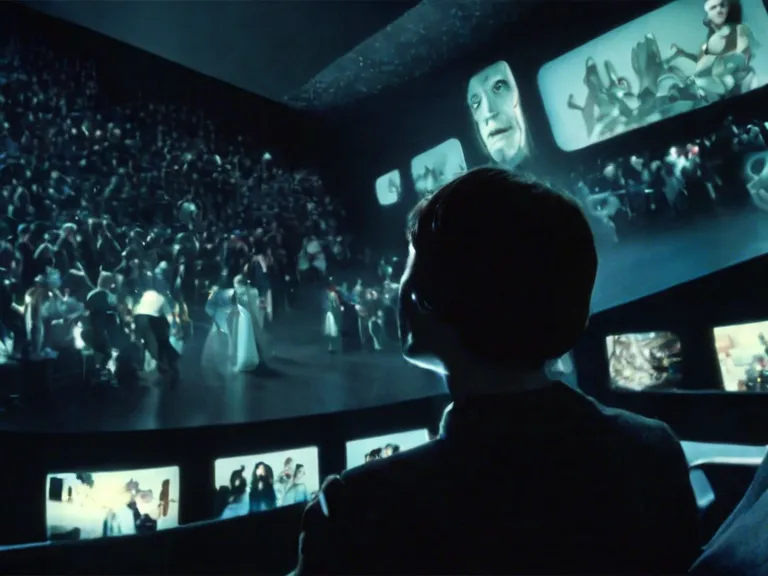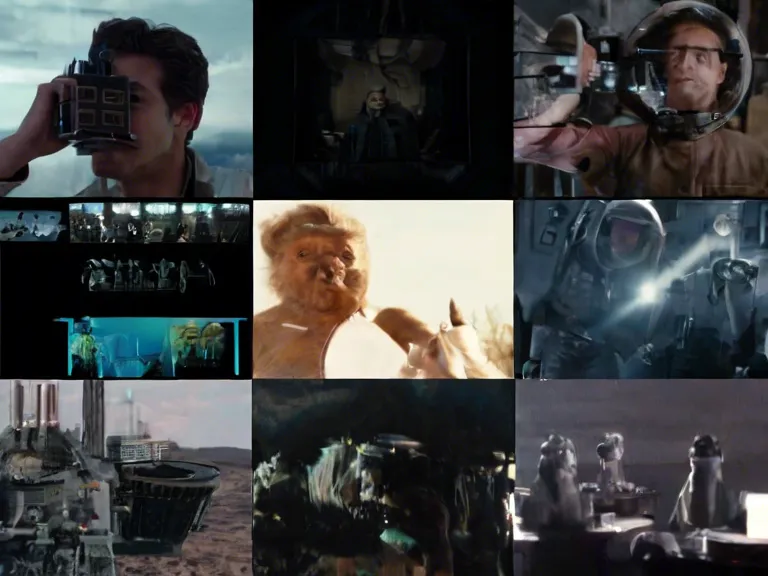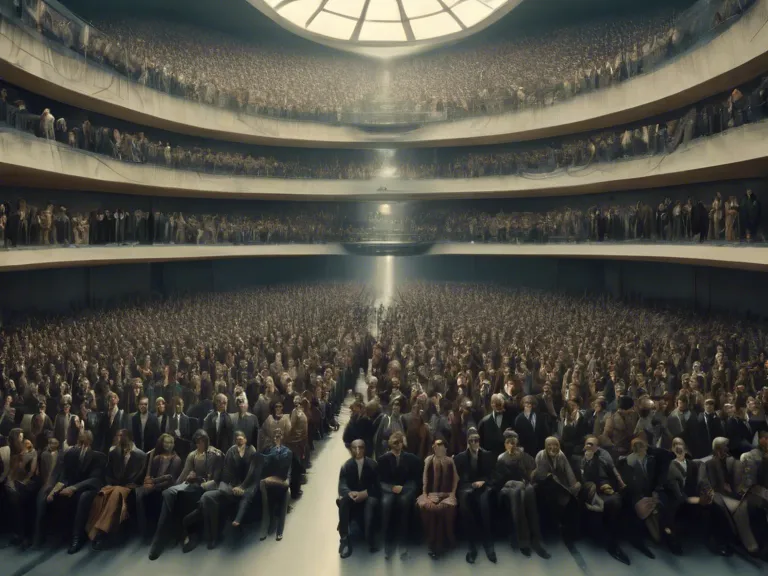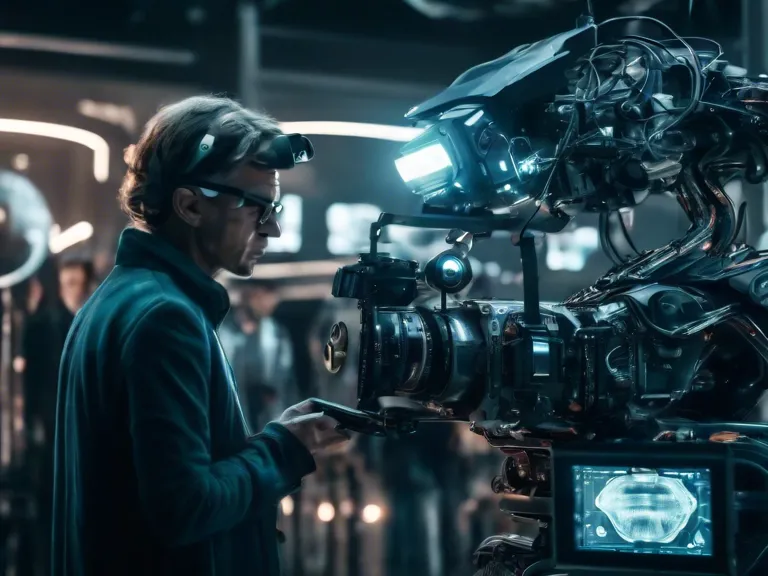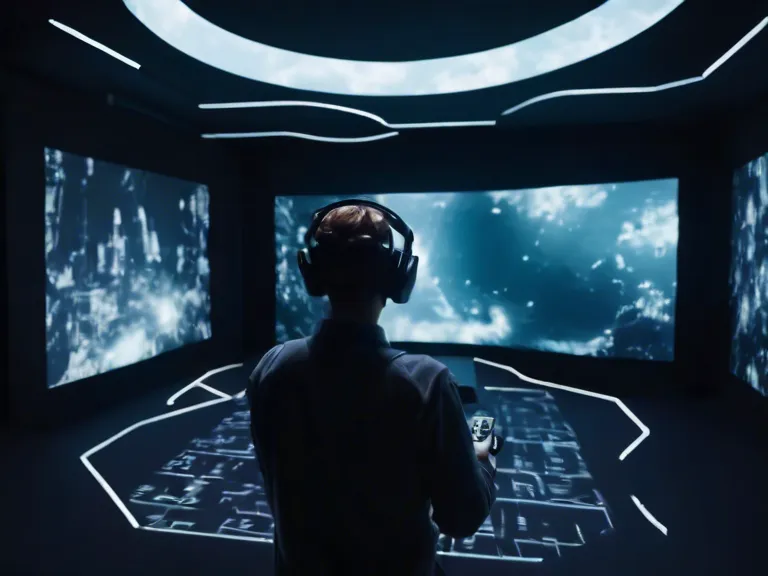
In recent years, the film industry has seen a rise in the integration of immersive technologies to enhance storytelling experiences. From virtual reality (VR) to augmented reality (AR) and beyond, filmmakers are exploring new ways to engage audiences and bring their stories to life like never before. This article delves into the future of storytelling through immersive technologies in cinema, examining how these innovations are shaping the way stories are told and experienced.
One of the most notable advancements in immersive storytelling is VR technology, which allows viewers to step into a virtual world and experience a story from a first-person perspective. Filmmakers can create 360-degree environments that transport audiences to new worlds, immersing them in the narrative in a way that traditional film cannot. By wearing a VR headset, viewers can feel as though they are part of the story, actively engaging with the characters and environment around them.
AR technology, on the other hand, overlays digital elements onto the real world, blending the physical and virtual realms to create a unique storytelling experience. This technology has been used in films to enhance set designs, create interactive experiences, and even provide additional information or context to scenes. By incorporating AR into cinema, filmmakers can blur the lines between reality and fiction, creating a more immersive and engaging viewing experience for audiences.
Beyond VR and AR, other immersive technologies such as 360-degree video, haptic feedback, and interactive storytelling tools are also being explored in cinema. These innovations offer filmmakers endless possibilities for creating more interactive and engaging narratives that captivate audiences and push the boundaries of traditional storytelling.
As filmmakers continue to push the boundaries of storytelling through immersive technologies, the future of cinema looks brighter and more exciting than ever. By embracing these innovations and exploring new ways to engage audiences, filmmakers are shaping the future of storytelling in ways we never thought possible.
